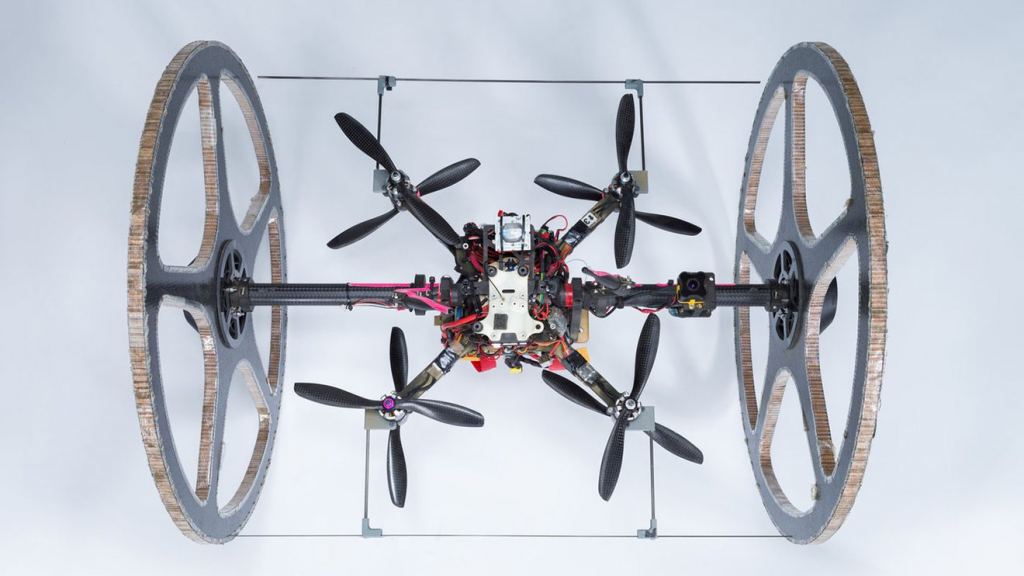America’s Defense Advanced Research Projects Agency (DARPA) is well known for its challenges. It held a series of autonomous driving competitions back in the early 2000s that directly led to today’s self-driving cars. Now that Grand Challenge has evolved into a new one – the Subterranean (SubT) challenge, which took place last week. This new one also happens to be directly applicable to technologies that would be useful in space exploration.
Ostensibly, DARPA’s SubT challenge is to develop a robotic system capable of identifying and, and even potentially helping, victims of a natural disaster or other catastrophe. The contest was broken into two overarching categories, and each category tackled three different types of terrain. The two categories were the Systems track, which utilized physical robots, and the Virtual track, which concentrated on developing algorithms for searching a given area.
Credit – DARPAtv YouTube Channel
The robots or algorithms for each category were then subject to three different terrains they had to master: a Tunnel Circuit, an Urban Circuit, and a Cave Circuit. The Tunnel Circuit competition took place in August of 2019 in some abandoned mining tunnels around Pittsburgh, while the Urban Circuit was held in February 2020 at an abandoned power plant in Washington State.
Covid-19 threw a wrench into plans for the Cave Circuit, which was initially scheduled to take place in the fall of 2020. Due to the pandemic, the competition, which was planned to take place in the Louisville Mega Cavern in Kentucky, was rescheduled to September of this year.

Credit – NASA / JPL-Caltech
The goal in all three terrains, and for each category, is the same – find and identify as many targets of interest (i.e., potential victims) as possible and flag them for follow-up by first responders. Accomplishing this is not as easy as it sounds and requires coordination by many robots scouting around the environment and talking to one another.
Teams from all over the world took place in the competition. Some were funded by DARPA itself, while others were entirely self-funded. Ultimately, DARPA-funded CERBERUS won the systems competition. Team CERBERUS is a collaboration between various universities, including the University of Nevada, Reno, ETH Zurich, and UC Berkeley. Their score of 23 tied another DARPA-funded team (CSIRO Data61) but they ultimately took home the $2 prize offered for winning the competition. The Virtual Competition was led by Dynamo, a self-funded effort that took home the $750,000 prize for winning its virtual competition.
Credit – NASA / JPL-Caltech
Over the past two years, the technologies used in the systems have advanced dramatically. CoSTAR, a team, partially run by roboticists from NASA’s Jet Propulsion Laboratory, was particularly happy about new AI and navigation systems that could be used in entirely different environments.
Those environments include lunar or Martian caves that could offer the most habitable places in those inhospitable locations. If the original Autonomous Driving Grand Challenge is anything to go by, these new cave exploration technologies might be ready when they are needed for those lunar or Maritan exploration missions.
Learn More:
JPL – NASA Robots Compete in DARPA’s Subterranean Challenge Final
DARPA – Subterranean Challenge
DARPA – Stage is Set for DARPA’s Subterranean Challenge Final Event
DARPA – Team CERBERUS and Team Dynamo Win DARPA Subterranean Challenge Final Event
UT – MIT Claims they are Programming Humanoid Robots to help Explore Mars. But we all Know It’s Cylons!
Lead Image:
CoSTAR robot exploring a cave.
Credit – NASA / JPL-Caltech

